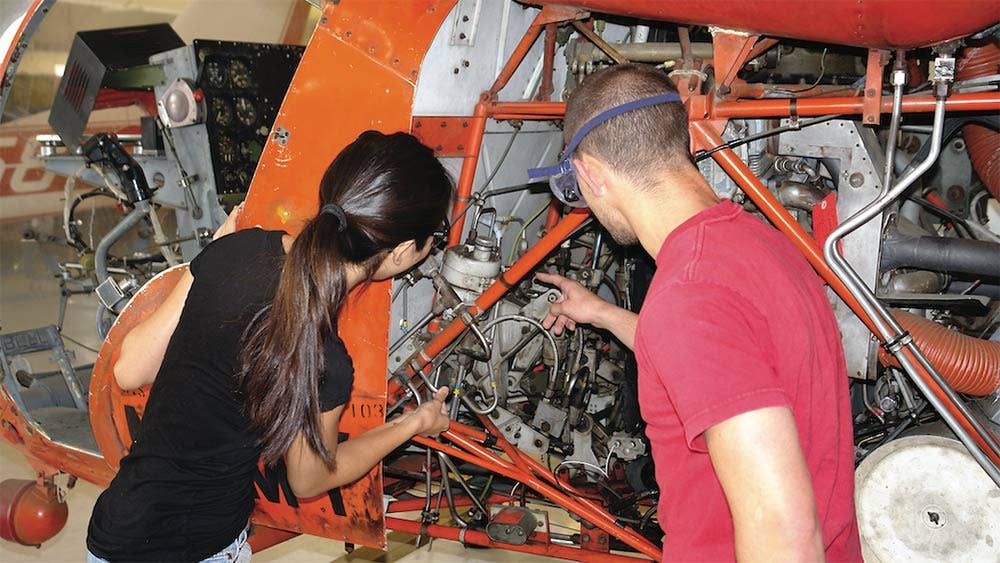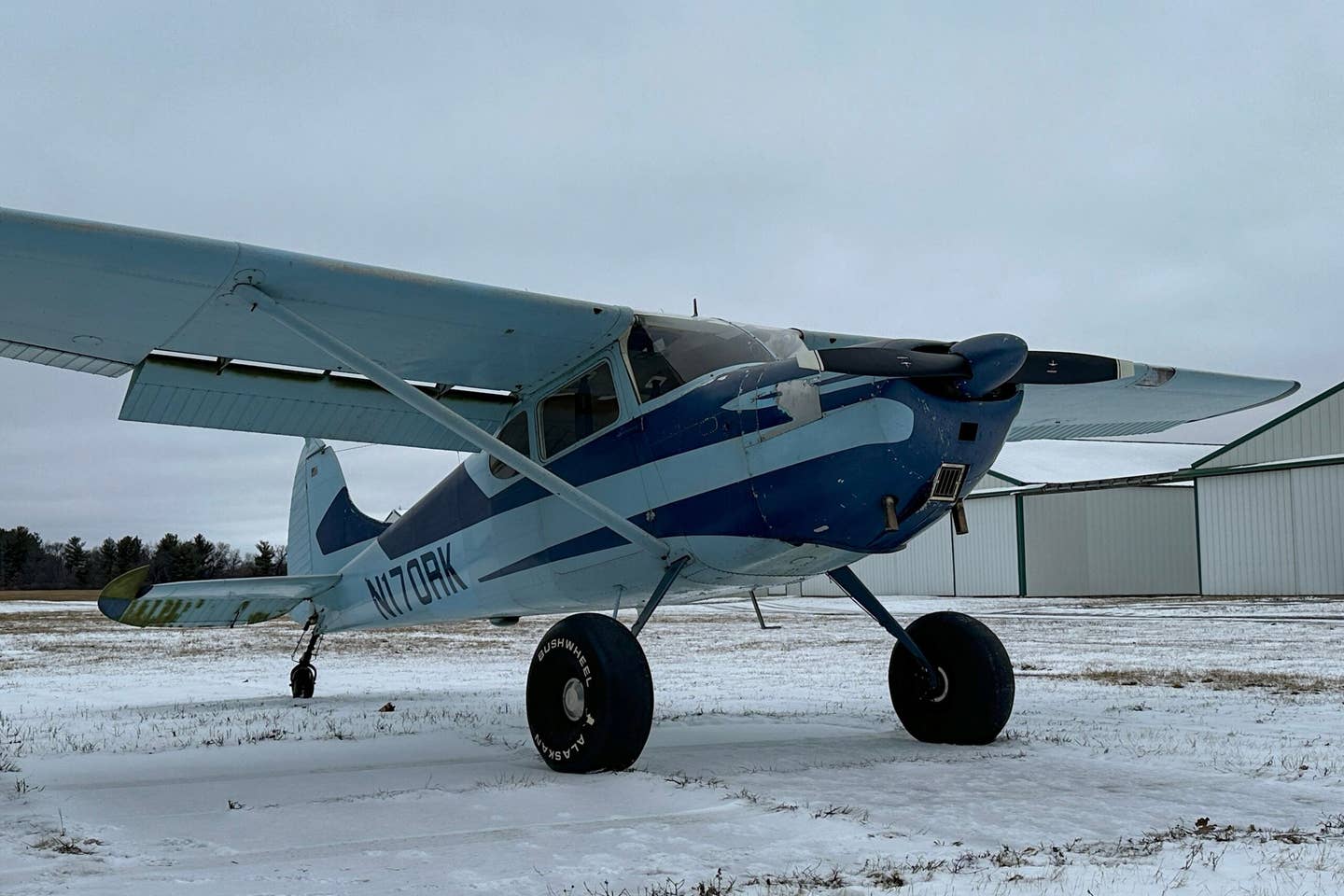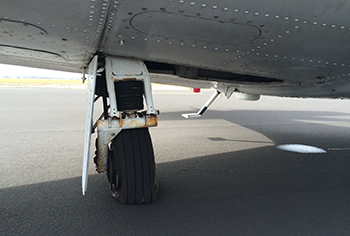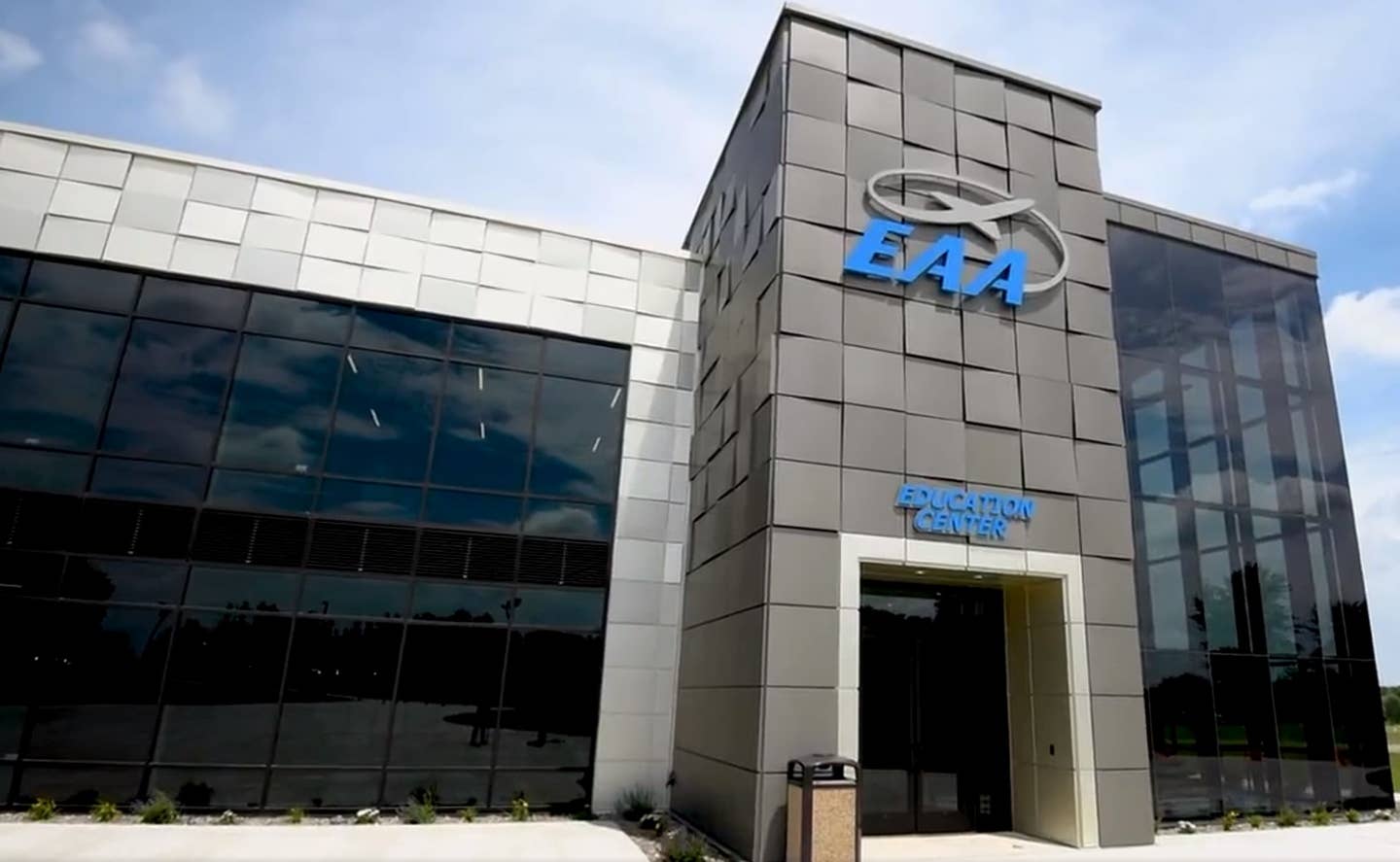When the Sun Sets on 100LL, Will You Be Ready?
Learn what you can do now to prepare for the changeover to unleaded fuel.
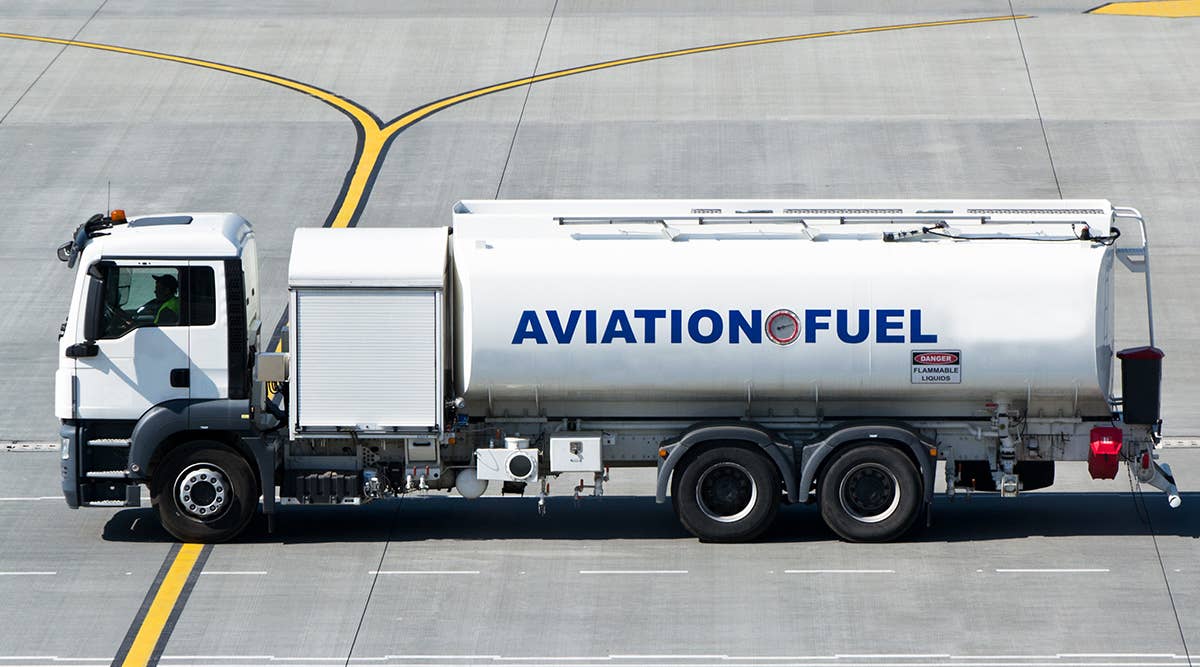
The fuel that trucks like this carry may change soon. What does that mean for you? [File Photo: Adobe Stock]
Some airports now restrict the availability of 100 octane low-lead aviation gasoline—commonly referred to as 100LL avgas—and are mandating unleaded fuel instead. Although this practice is not common yet—and limited to a few locations—changes are coming to aviation fuel regulations. Here is what you can do now to prepare you and your aircraft for the eventual sunsetting of 100LL.
As more airfields adopt this policy, it could cause affect flight plans and significantly impact aircraft owners and pilots, especially those operating high-performance models.
Much like Tesla owners who now plan road trips based on the availability of charging stations along the route, flight plans will need an additional layer of forethought to ensure refueling at an airport still distributing 100LL.
The stakes are considerably higher with aircraft, as one does not simply pull over and wait for AAA to arrive with a portable charger when reserves dip dangerously low.
How This Happened
Distinguished by its bluish hue, 100LL is the industry standard for reciprocating aircraft engines. For many years, 100LL-powered aircraft deployed to accomplish missions such as flying medical supplies, inspecting power lines, agricultural work, transportation, and serving as a lifeline to remote populations not connected to a road.
“The eventual tabling of 100LL will leave a tremendous void.”
For decades, pilots have had very little to think about when they taxi up to an FBO looking to refuel. The choice was simple: 100LL or jet-A. Now, and moving forward, there will eventually be additional choices. Just as necessity spawns innovation, so does competition flourish in the presence of a vacuum. The eventual tabling of 100LL will leave a tremendous void.
FLYING recently reported the Reid-Hillview Airport (KRHV) and San Martin Airport (E16) in California halted sales of 100LL and forced the FBOs on the field to switch to an unleaded alternate, UL94.
UL94 is a 94 octane unleaded avgas alternate option that meets ASTM D7547 specifications and can be a direct replacement for a 100LL solution for some aircraft owners. Manufactured by Swift Fuels, UL94 has been available since 2015 and is an all-hydrocarbon blend. UL94 is safe, FAA-approved, and can coexist in fuel tanks with 100LL without issue.
So, what do you have to do to fly unleaded in compliance?
What to Do Now
The first thing you have to consider is compatibility. Some aircraft engines that operated at a lower compression ratio should have no trouble just popping the cap and topping off the tanks with unleaded avgas alternative.
Although 100LL and UL94 can intermix with no issues, not everyone has the all-clear to start pumping UL94 straight away. Airframes and powerplant combinations are still type-certificated to run on specific fuels, and to deviate from that will require FAA approval.
How to Use Unleaded Fuel with the FAA’s Blessing
Aircraft OEMs are beginning to accept unleaded avgas and are paving the way using standard approval methods. Service bulletin (SB), service letter (SL), and service instructions (SI) documents are the technical publications that OEMs use to transmit information.
Textron Aviation announced in October 2021 the approval of unleaded avgas in some of their most popular Cessna models. Owners and operators can comply with Textron Aviation Service Bulletin SEB-28-04. The SB describes parts and instructions to install fuel placards for very-low lead and unleaded fuels. No hardware modifications are needed to comply.
Aircraft engine OEMs understand the need for unleaded fuel, and they can sense the change in the wind. Lycoming Engines—a Textron company and one of the major engine manufacturers in North America—published a three-part series of articles addressing unleaded fuels. Additionally, Lycoming issued technical publications supporting the alternatives to 100LL.
Lycoming SI No. 1070AB, “Specified Fuels for Spark-Ignited Gasoline Aircraft Engine Models,” is a resource for identifying which Lycoming engines are approved to run alternate fuels.
Service Letter No. L270 identifies extended maintenance intervals as benefits of routine exclusive use of approved unleaded fuels identified in the latest revision of Service Instruction No. SI-1070 for Lycoming engine models. You will also note that this notice states that although approved for the engine, approval for an alternative fuel at the airframe level is also required.
One way to gain approval for the airframe is through a supplemental type certificate (STC). We plan to cover STCs thoroughly in the coming months, but the short explanation is the STC is an approval issued by the FAA to modify an airframe, engine, or propeller. Any entity can issue an STC, including an aircraft OEM, maintenance provider, or third party, granted they have satisfied the requirements set forth therein.
The FAA maintains a searchable STC database and can identify terms like UL94, unleaded fuel, avgas, etc. One can also download the entirety as a .zip file.
The Players
Swift Fuels is the manufacturer of UL94. They have an STC for their fuel and will gladly sell you a copy. Currently, they are running a special introductory offer for their “FOREVER” Avgas STC Certificate for $100 each. While only approved on a select group of airframes and powerplants, it could be a good option for those wishing to transition now to unleaded fuels.
Swift is not the only player in unleaded fuel. Another aviation company is also gearing up to meet the rising demand for unleaded fuel. General Aviation Modifications Inc. (GAMI) in Ada, Oklahoma, is on the verge of a breakthrough in unleaded fuel. Once fully rolled out, may answer the lead question once and for all.
Founded in 1994 by two aerospace engineers, GAMI has made its mission to enhance and optimize fuel delivery systems for aircraft engines. Now, they embarked on their boldest plan to date, developing a direct unleaded replacement for 100LL.
Decades in the making, some of the most recognized names in aviation have aided the development of G100UL high octane unleaded avgas, including Embry-Riddle Aeronautical University, which contributed to flight testing in the early phases. When awarded their initial STC in July 2021, GAMI chose the grandest stage to announce approval, EAA AirVenture.
G100UL contains no organometallic additives (like TEL, the tetraethyl lead in 100LL). Nor does it have scavenging agents (like the ethylene dibromide required to scavenge the deposits formed by the TEL in 100LL). As a direct result of this, G100UL burns exceedingly clean, with essentially no deposits formed in the combustion chamber. The result is reduced maintenance, better spark plug health, and increased intervals for oil changes.
Recently, I spent some time talking with GAMI president Tim Roehl. He said GAMI is poised and ready to complete the fleet-wide certification and provide the GA industry with high octane, unleaded fuel.
G100UL offers tremendous advantages in engine maintenance and higher reliability. GAMI expects to complete the fleet-wide certification around mid-2022 and begin the production and distribution of the G100UL soon. The manufacture and distribution of G100UL will be handled by Avfuel, with a nationwide network of dealers.
What About New Aircraft?
Above, we discussed the retro fitment of aircraft to accept unleaded avgas. Would it not be simple if an aircraft manufacturer just produced an aircraft type certificated with unleaded avgas?
One manufacturer is paving the way to do just that. Enter the Cirrus SR22T.
“Have a story idea or question for Richard. Send it to editorial@flying.media”
Armed with the Continental Motors TSIO-550-K powerplant, the SR22T is years ahead of its peers concerning unleaded fuels. The TSIO-550-K is already type-certificated for unleaded fuel. Type certificate data sheet No. E5SO states under the section “Fuel:” (Min. Grade Aviation Gasoline) 100 or 100LL per ASTM D910, RH95/130, or B95/130 CIS, ASTM D7592 (UL94).
So, no STC, no modifications, no additional paperwork, just preflight the aircraft, fill the tanks, and go, right? Well, it is not that simple.
The engine TC lists UL94, but the SR22T airframe: Type certificate data sheet A00009CH lists under Fuel 100/100LL minimum grade aviation gasoline. No mention of UL94. Confusing?
Stay Tuned
Things are far from settled at Reid-Hillview Airport. Nor is the path forward on unleaded fuel crystal clear. There are a lot of unknowns that continue to develop as we dive deeper into this topic. Most will agree that lead is harmful to people, pets, or plants. The question of if it is beneficial for an airplane is also the topic of spirited debate.
Pilots, maintainers, and aircraft owners face some tough decisions when it comes time to transition from 100LL to unleaded avgas alternative. Airframe and powerplant manufacturers face equally daunting choices. The stakes are high. Health, environmental, financial, and other mitigating factors all come into play. Currently, there is no clear answer, although G100UL looks very promising. The only thing anyone can say with certainty is that it will take a concerted effort by regulators, manufacturers, and aircraft operators to work together to find an amicable solution for all.

Sign-up for newsletters & special offers!
Get the latest FLYING stories & special offers delivered directly to your inbox


